
Japanese Red Cedar Tree Guide UK Japanese Red Cedar identification
Japanese red cedar (Cryptomeria japonica) is a tree native to Japan. Japanese red cedar has a notable fragrant and aesthetically pleasing color. Commercially, japanese red cedar is used for wooden construction materials for interior design. It can also be grown as a bonsai. Water.
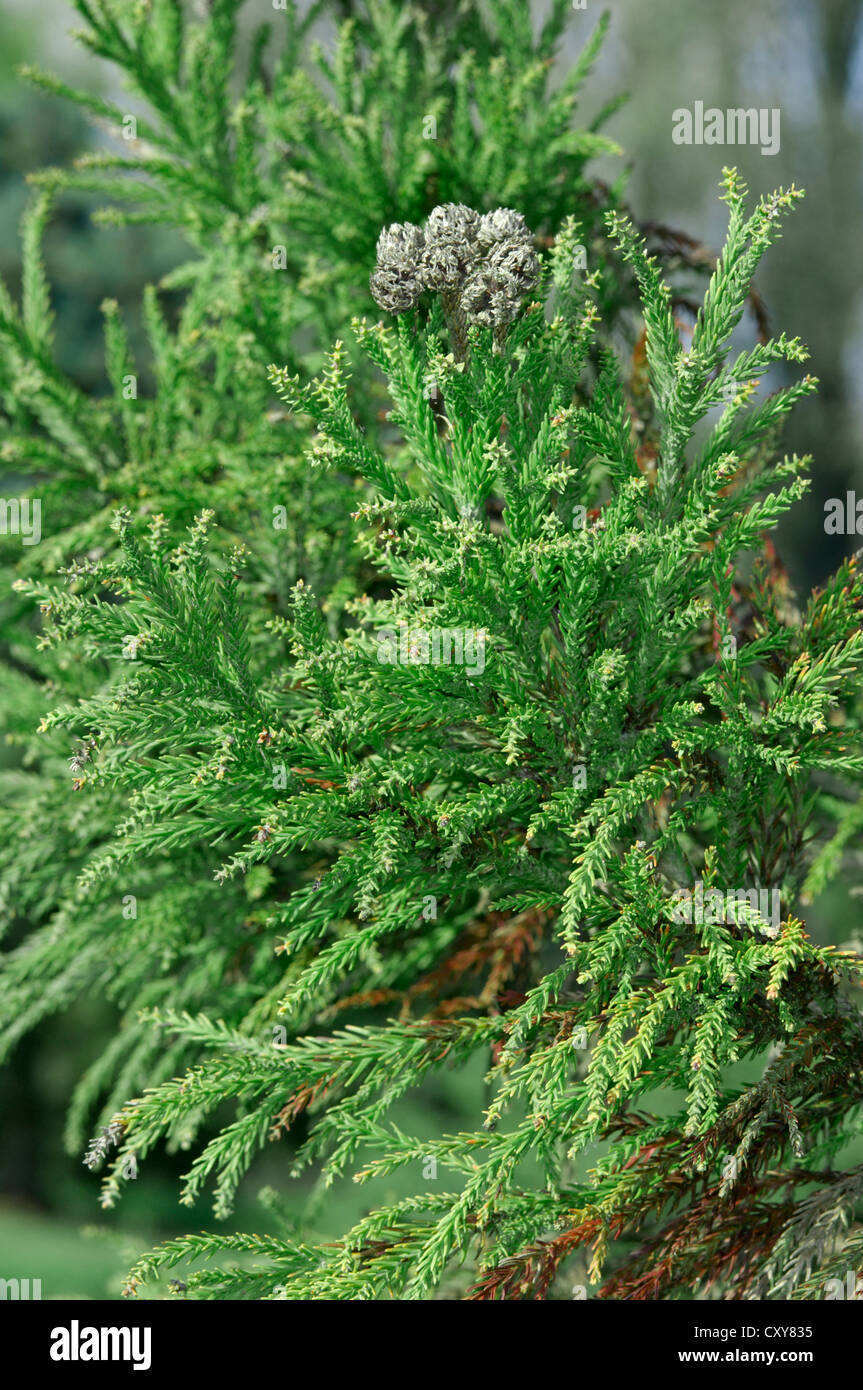
Japanese Redcedar Cryptomeria japonica (Taxodiaceae Stock Photo Alamy
Cryptomeria is a very large evergreen tree, reaching up to 70 m (230 ft) tall and 4 m (13 ft) trunk diameter, with red-brown bark which peels in vertical strips. The leaves are arranged spirally, needle-like, 0.5-1 cm ( 1⁄4 - 3⁄8 in) long; and the seed cones globular, 1-2 cm ( 1⁄2 - 3⁄4 in) diameter with about 20-40 scales.
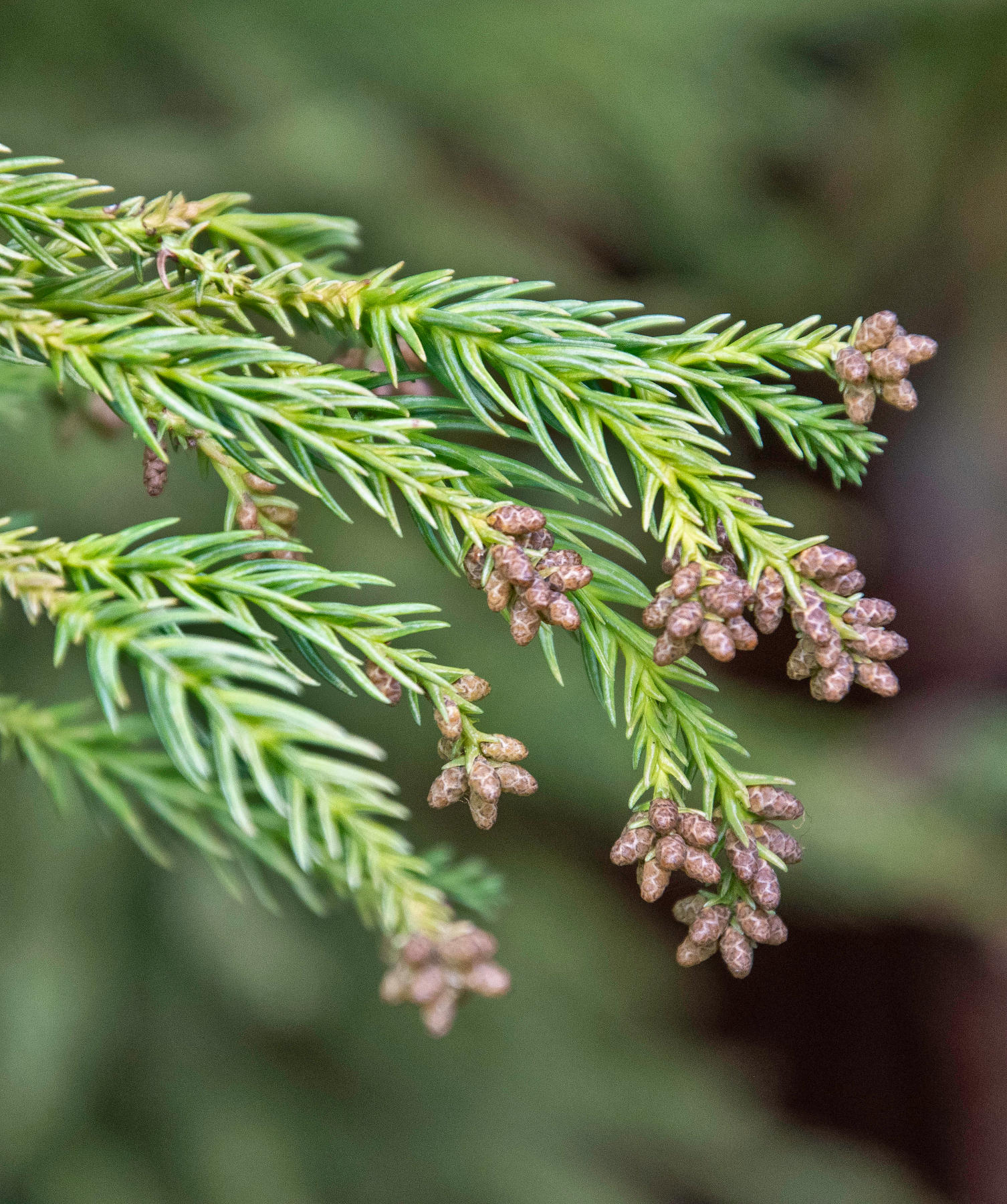
Japanese cedar Trees of Vancouver
Japanese cedar, also commonly known as suji or by its botanical name Cryptomeria, is an evergreen conifer and national tree of Japan. It is called a cedar but is a cypress tree. It is a monotypic genus or a one-of-a-kind tree with all-season visual interest that grows upright, with a straight trunk, and is prized for its pinkish, aromatic timber. It grows best in full sun, requiring about six.

Japanese Red Cedar Tree Guide UK Japanese Red Cedar identification
Japanese cedars (Cryptomeria japonica). Japanese cedar, ( Cryptomeria japonica ), a coniferous evergreen timber tree and only species of the genus Cryptomeria of the family Cupressaceae (sometimes classified in the so-called deciduous cypress family Taxodiaceae), native to eastern Asia. The tree may attain 45 metres (150 feet) or more in height.

Japanese Red Cedar Cryptomeria japonica Sekkan Sugi
All You should know about Japanese Red-cedar (Cryptomeria japonica) > how to care and characteristics 🌱 PlantIn 🌿 Our best expert are here for your plants!
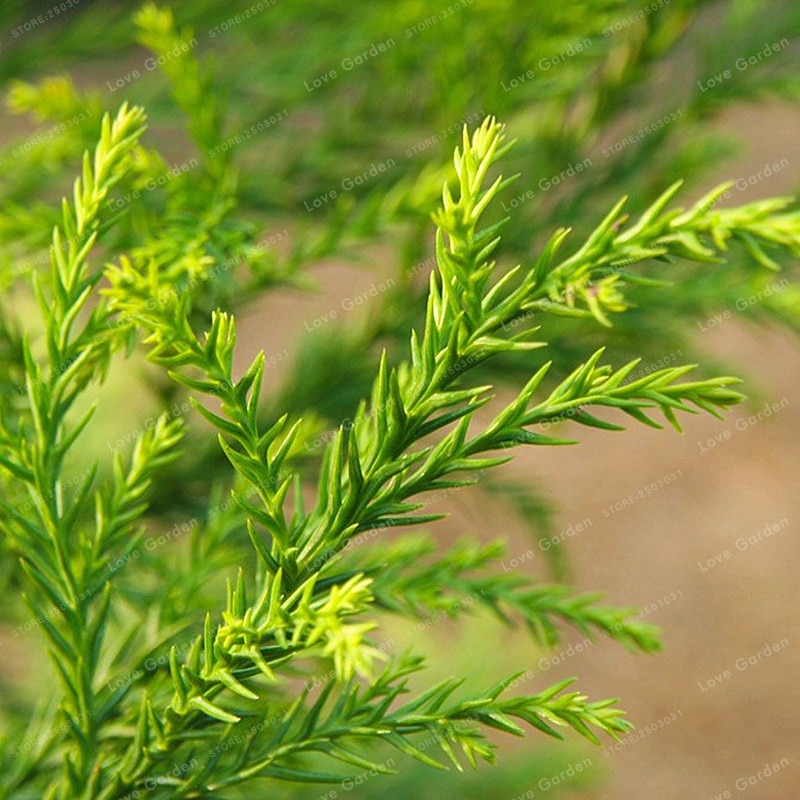
30Pcs Japanese Sugi Red Cedar Cryptomeria japonica Tree Seeds Pure Bonsai
The Japanese red-cedar, otherwise called the "Japanese sugi pine" - known to the Japanese as Sugi - is a large evergreen tree which is native to Japan, can reach up to 70 m in height, and can reach trunk diameters of 4m. It serves as the national tree of Japan and is often planted around shrines and temples. Although it is an evergreen, some of.

What's the difference between watering Japanese red cedar indoors and
The Japanese cedar or cryptomeria, meaning hidden parts, is a coniferous tree widespread within Japan. It is a handsome tree and only grows prettier with age, with the most striking feature being its pyramidal shape with dense branches, spreading in concentric circles.. Japanese red cedar, sugi (Japanese), Japanese cryptomeria.

Japanese Red Cedar Tree Guide UK Japanese Red Cedar identification
A unique wooden villa built in 2007 almost entirely from red cedar is selling in the Japanese resort town Karuizawa, located in the mountains outside the city of Nagano. A forest retreat, the home.
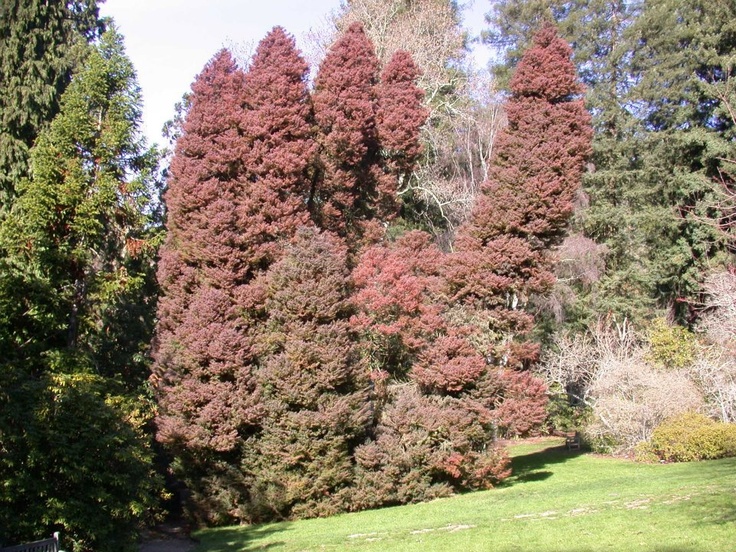
Japanese Cedar (Cryptomeria) Facts, Distribution, Cultivars
Foliage. Evergreen. Habit. Bushy. Genus. Cryptomeria are large evergreen trees with attractive red-brown bark and dense foliage consisting of short awl-shaped leaves arranged spirally around the branchlets; cones are spherical. Name status. Correct. Plant range.

Japanese Red Cedar Tree Guide UK Japanese Red Cedar identification
Zen Bathworks - The Art of Relaxation. Handcrafting luxury deep wooden soaking tubs in pristine Southeast Alaska. Contact us at [email protected]. Driven by a deep reverence for wood, our handmade Ofuros and cedar hot tubs offer the ultimate soaking experience. Order from Zen Bathworks!
Japanese Red Cedar Cryptomeria japonica Sekkan Sugi « Chew Valley Trees
The Sugi, or Japanese Red Cedar, is an evergreen conifer belonging to the Cupressaceae family. Its towering height, ranging from 50-230 feet (15-70 meters), and its impressive trunk diameter of up to 13 feet (4 meters), make it a sight to behold. The tree exhibits a pyramidal shape, with tiered horizontal branching, sometimes taking on an.
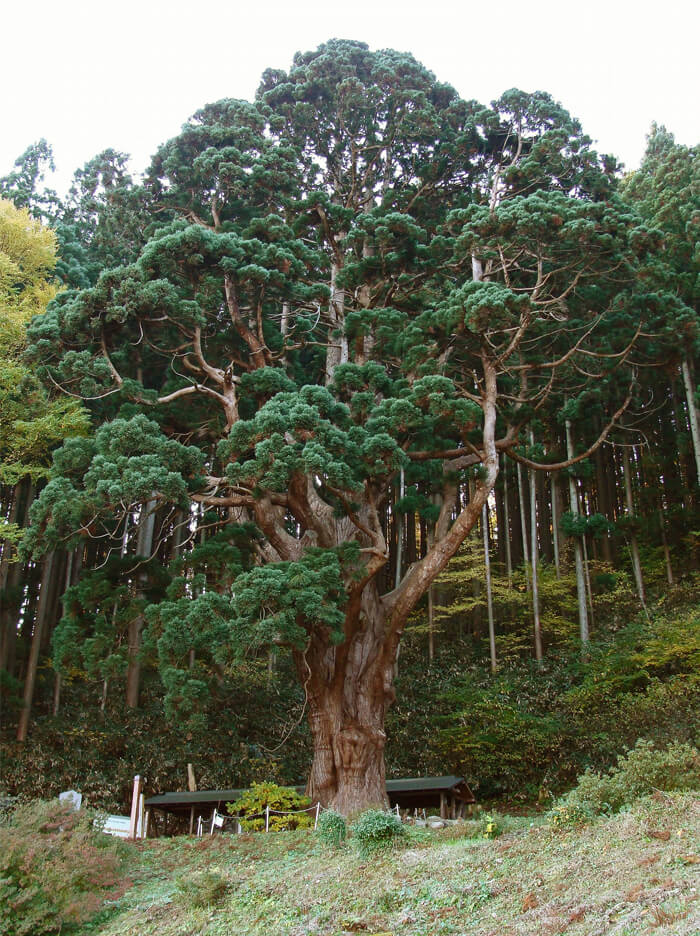
Cryptomeria japonica Japanese Red Cedar for sale Red Panda Nursery
In conclusion, both Japanese cedar and Western red cedar have their own unique benefits and drawbacks. While the cost difference between the two woods can vary by region, in our region, Japanese cedar is less expensive than Western red cedar. Ultimately, the decision on which wood to use will depend on your specific needs, preferences, and budget.

Japanese Red Cedar Tree Guide UK Japanese Red Cedar identification
Japanese cedar prefers rich, moist, well-drained, acidic soils but is adaptable to other soil types. It grows well in dappled sunlight, full sun, or partial shade. The reddish-brown exfoliating bark can be quite attractive, and the wood is highly valued for building many things. This cedar is resistant to damage by deer and is slightly salt.
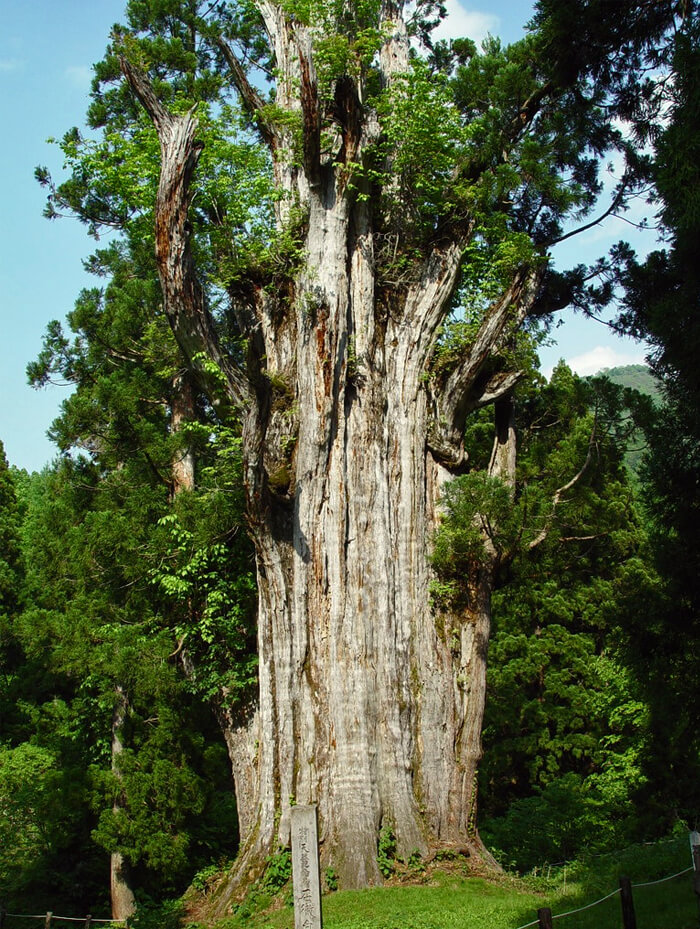
Cryptomeria japonica Japanese Red Cedar for sale Red Panda Nursery
The finely textured foliage breaks up the bold effects of large leaved plants. Foliage becomes rusty red in winter. Enjoy as a single specimen or group as a filler. Evergreen. Water when top 2 inches of soil is dry. Conifer; prized for foliage. Slowly reaches 2 to 3 ft. tall, slightly wider; 4 to 8 ft. tall with age.
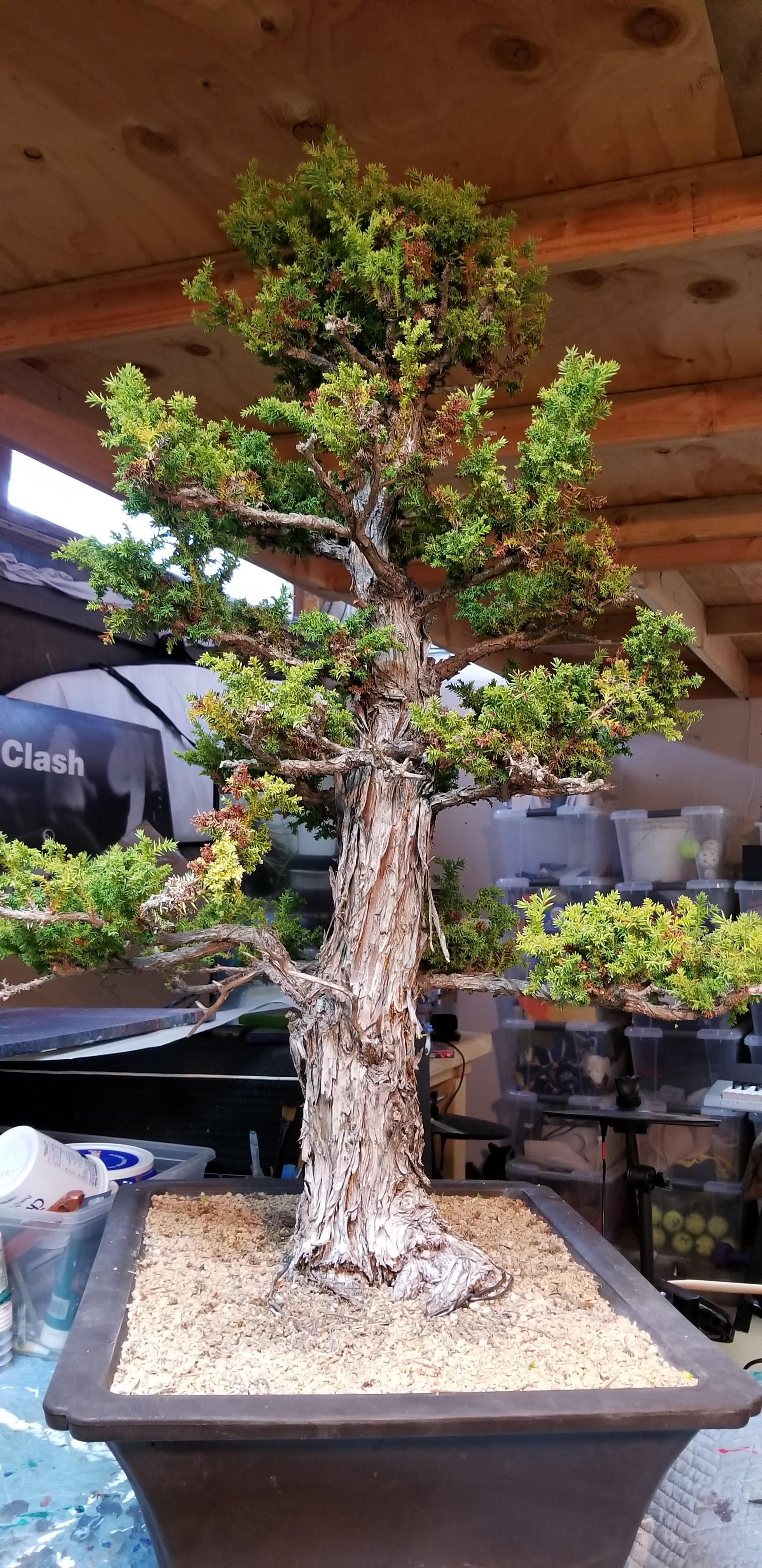
Cryptomeria Japonica Bonsai (Japanese Red Cedar) Marin Homestead
Japanese cedar (or Japanese sugi) is actually a species of Cryptomeria, while western red cedar is a Thuja, both completely different genera. Red cedar has plicatic acid in it which makes it highly resistant to decay, while I cannot say the same about Japanese sugi, which is not that decay-resistant. Go with the red cedar!

Cryptomeria japonica Elegans Japanese Red Cedar Tree
Cryptomeria japonica 'Elegans' - Plume Japanese Cedar. One of our most popular conifers, 'Elegans' has dense, soft, non-prickly juvenile foliage that turns rich copper red in winter, and back to blue-green with bronze tips in spring. It looks great as a backdrop for white-barked Birch (Betula) or mixed with gold-toned conifers. Grows into.